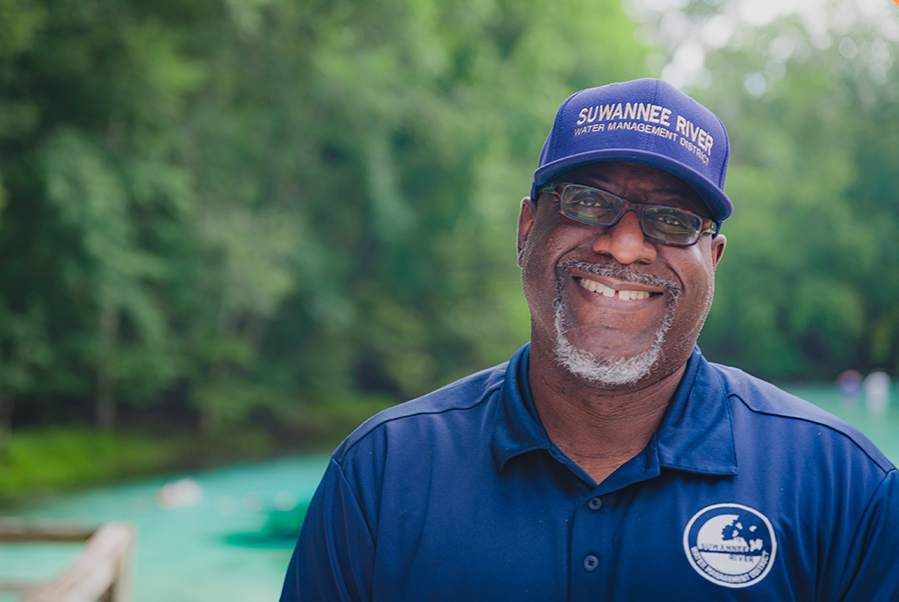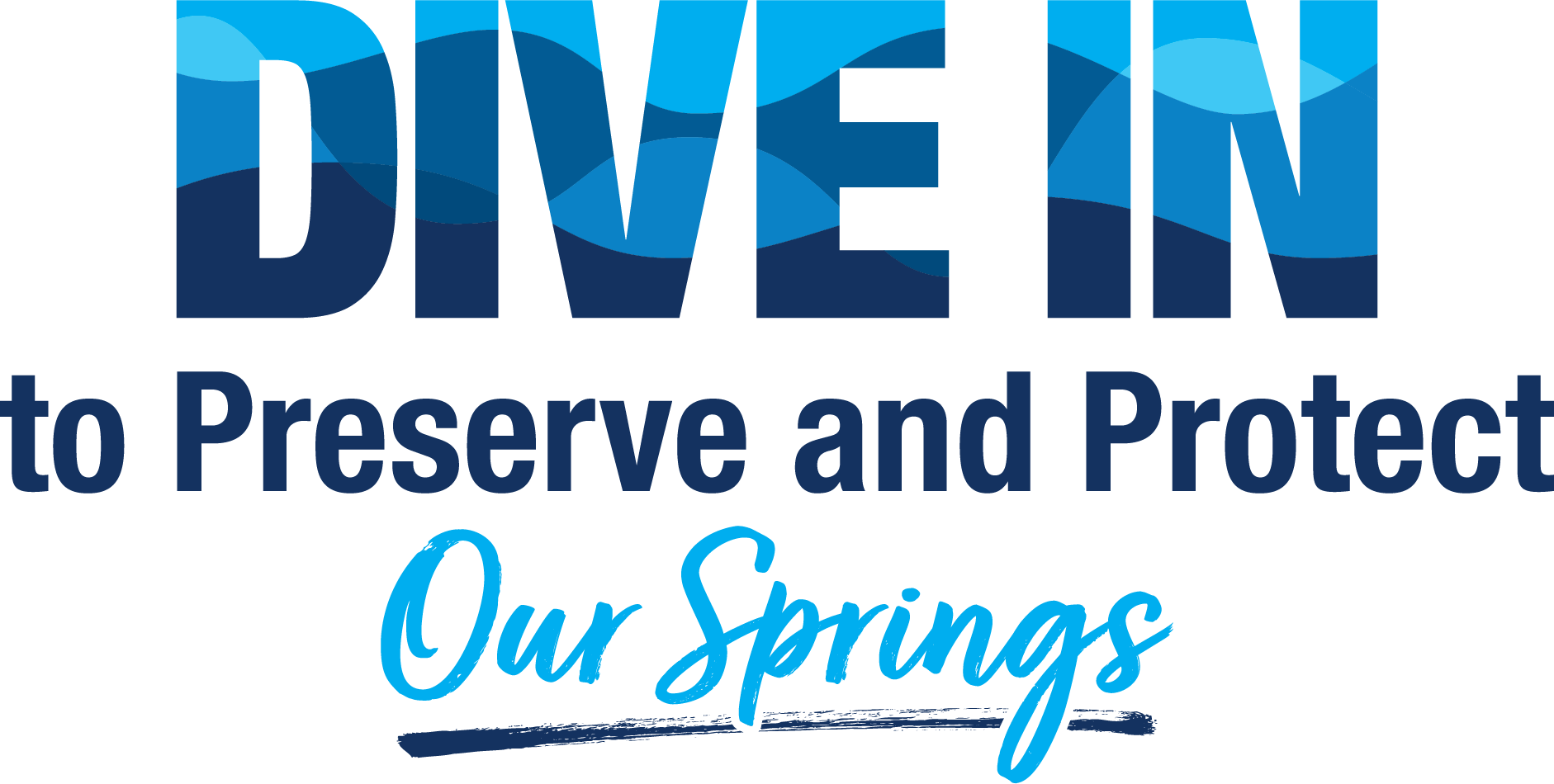Dive In to Preserve Our Springs

Welcome to SRWMD
North-central Florida is a 15-county area rich with natural resources and wondrous beauty. Whether you are just visiting, or you reside here, there are a variety of ways you can help keep our waters healthy.
“Dive in” is an invitation from the Suwannee River Water Management District (SRWMD) to discuss the issues, challenges and solutions facing our springs. As a resident or guest of the this region, you can do your part to reduce all manner of pollution and preserve these natural water ways for generations to come. We are working to preserve and protect our springs, and we invite you to take the plunge for this important cause.

About Our Springs
Ecology, Economy, & Water Supply
The springs serve as a recreational area for families, kids and everyone in between. They also provide a habitat with wildlife such as manatees, fish, otters and turtles. Underwater, submerged aquatic vegetation such as American eelgrass, springtape, southern naiad, Carolina fanwort, and coontail also depend on the springs as a habitat. The health of our springs depends on water quality and is critical for people, plants and animals alike.
As a natural resource, the springs are also important to our economy and prosperity. They stay at an average temperature of 70 degrees year-round, so there’s never a bad time of year to visit.
That’s why people from all over the world come to visit the springs and contribute to local tourism in a safe, outdoor environment.
A clean, abundant supply of water is undeniably linked to our well-being. With 19 first magnitude springs in our region, each one produces nearly 65 gallons of freshwater every day. Ensuring water quality preserves a natural resource, and it’s easier than ever for the community to get involved. To protect our springs and preserve them for generations to come, we invite you to learn more about what you can do today.



About Our Springs
Ecology, Economy, & Water Supply
The springs serve as a recreational area for families, kids and everyone in between. They also provide a habitat with wildlife such as manatees, fish, otters and turtles. Underwater, submerged aquatic vegetation such as American eelgrass, springtape, southern naiad, Carolina fanwort, and coontail also depend on the springs as a habitat. The health of our springs depends on water quality and is critical for people, plants and animals alike.
As a natural resource, the springs are also important to our economy and prosperity. They stay at an average temperature of 70 degrees year-round, so there’s never a bad time of year to visit.
That’s why people from all over the world come to visit the springs and contribute to local tourism in a safe, outdoor environment.
A clean, abundant supply of water is undeniably linked to our well-being. With 19 first magnitude springs in our region, each one produces nearly 65 gallons of freshwater every day. Ensuring water quality preserves a natural resource, and it’s easier than ever for the community to get involved. To protect our springs and preserve them for generations to come, we invite you to learn more about what you can do today.
